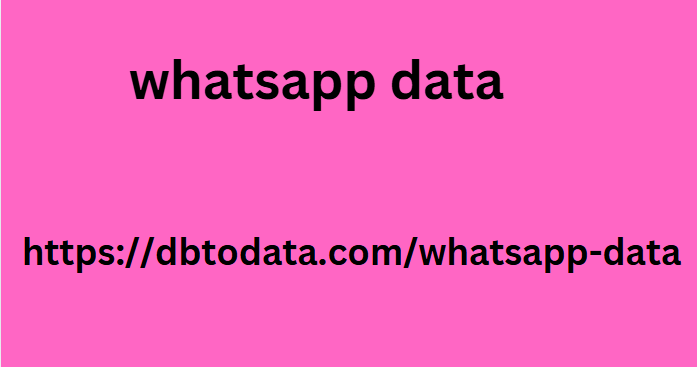In the last part of the series on email marketing for advanced users, we covered the basics of segmentation. You learned that segmentation is usually divided into two main streams. We discussed the first stream, demographic segmentation, in more detail last time. Today we will introduce you to additional segmentation options that did not fit into the previous article.
1) Date of last purchase
Last Purchase Date is one of the relatively easy segments to create for email marketing. If you sell goods over the Internet, you probably have the option to filter out recent purchases. To start with, try to filter out all the visitors who make repeat purchases and offer them some kind of exclusiv thailand whatsapp number data e offer. In the next steps, you can send even more specific segments. For example, those visitors who bought more than twice, three times, etc.
2) Purchase interests
Each visitor is unique and your goal should be to discover their interests. If you cannot track his interest on the web, you can use a classic questionnaire . You can also create a questionnaire in a creative way. Try, for example, to offer a discount for a purchase or make the questionnaire fun in the form of a game.
3) Purchase frequency
Segment your database by purchase frequency. Not only ca development can proceed according to a strict schedule n you try to increase overall sales, but with well-chosen e-mailing based on frequency, you can create a reward program that will motivate customers to make further purchases.
4) Content topic
If you’ve decided on content marketing, you probably kn loan data ow that you can break down content by form and type. Some customers may be more visually oriented, while others like to read longer, more detailed texts. Try to spot trends with the help of a well-thought-out analysis and prepare e-mail marketing directly tailored to customers . Prepare an e-mail directly tailored to each type of reader.
5) Content format
Content format may vary. From infographics to videos, webinars and case studies. Everyone likes something different. Similar to the previous point – it always depends on your abilities.

